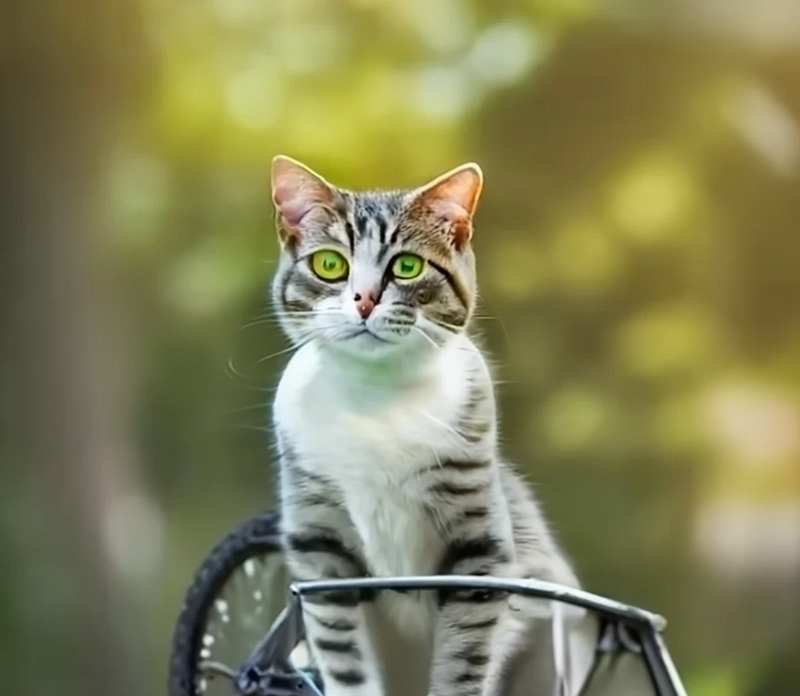Exploring Evolution: Why Animals Don't Have Wheels or Propellers
Written on
Chapter 1: The Principles of Natural Selection
Natural selection, a concept pioneered by Charles Darwin in the 19th century, reveals that species which adapt most effectively to their surroundings have a higher chance of surviving and reproducing. This process allows advantageous traits to be passed down to offspring, promoting their success in specific environments.
Over time, these adaptations can lead to significant changes within species. For example, the long necks of giraffes enable them to reach the foliage high in trees, while the thick fur of polar bears provides insulation against frigid temperatures.

Section 1.1: Why Wheels Are Unfeasible for Animals
You might wonder why we don’t see animals with wheels. There are two primary reasons for this absence. First, the practicality of wheels is questionable; uneven terrain would render them ineffective. For instance, if a goat had wheels, navigating hills would be impractical. Similarly, a camel’s wheels might sink in sandy environments, while polar bears would face challenges in snowy conditions.
Additionally, even if an animal were able to survive and reproduce with wheels, these wouldn’t offer a substantial advantage. In essence, legs have evolved to be more efficient for movement in various habitats.
Section 1.2: The Case Against Propellers
The situation with propellers is quite similar. If fish were to develop propellers, they would not be the most energy-efficient means of locomotion; fins perform much better. Propellers, being fixed to an axle, would limit movement to a single direction, making them ill-suited for maneuvering in confined spaces. Moreover, they would be prone to damage from environmental debris like rocks and sand.
Interestingly, the closest example of a propeller in nature is found in protozoa, which utilize a rotating flagellum to aid their movement.
Chapter 2: The Limits of Evolution
Is there a ceiling to evolution? While no concrete answer exists, it appears unlikely. Scientists maintain that evolution is a continuous process, driven by minor genetic mutations. The persistence of a trait hinges on whether it confers a significant competitive edge for survival and reproduction.
What are your thoughts on this topic? Feel free to share your insights in the comments.
In this video, "Science & Technology Q&A for Kids (and others) [Part 149]," experts tackle various questions related to science and technology, providing engaging insights for audiences of all ages.
The video titled "Why have animals never evolved wheels? What are the limits of evolution? Forbidden designs?" explores the fascinating limitations of evolutionary design and the reasoning behind the absence of wheels in the animal kingdom.